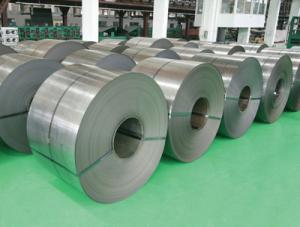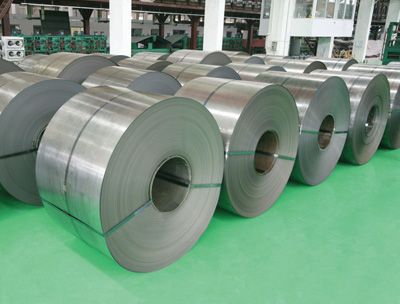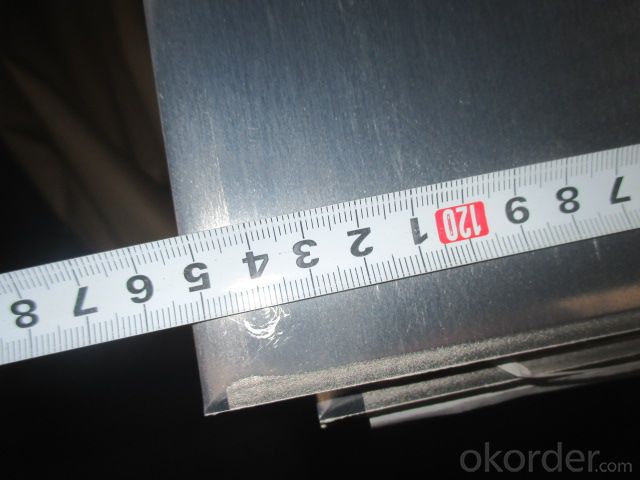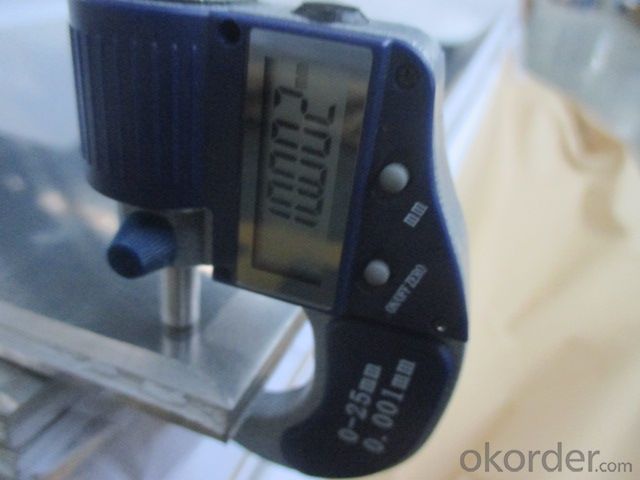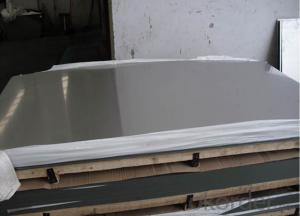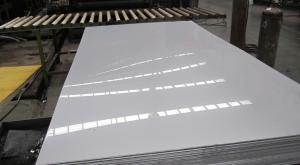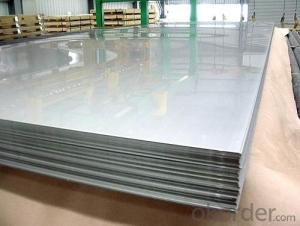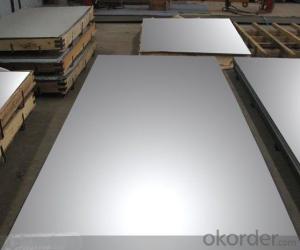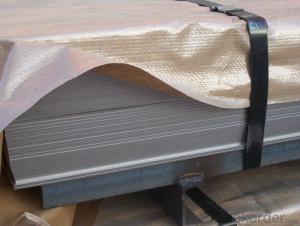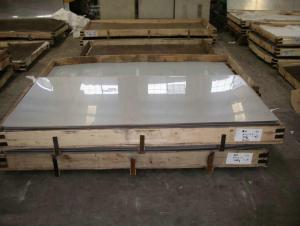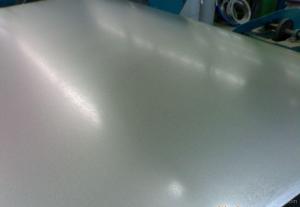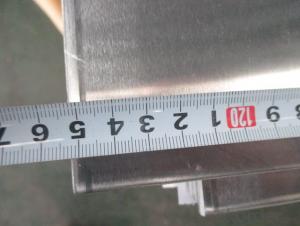Aluminum Sheet With Beat Price Stocks Warehouse
- Loading Port:
- Shanghai
- Payment Terms:
- TT or LC
- Min Order Qty:
- 8 kg
- Supply Capability:
- 2000 kg/month
OKorder Service Pledge
OKorder Financial Service
You Might Also Like
1、Structure of 304/2B STAINLESS STEEL SHEET.
STAINLESS STEEL ET IS ONE POPULAR PRODUCTS IN CHINA MARKET, IT HAVE SEVERAL DIFFERENT APPLICATIONS, SUCH AS, CONSTRUCTION, BUILDING, DECORATION, ETC.
THE GRADE ALSO SERIES, 300 SE, 400 SERIES, ETC.
Mainly applied in the industry of furniture, sports equipment, compressed containers, shipbuilding, railway and the automotive.
2、Main Features of the 304 STAINLES STEEL SHEET.
High intensity
Low welding costs.
Outstanding color compatibility after anodizing
Easy to operate. All-position welding.
Excellent corrosion resistance
Wide applicability.
Length per spool only for reference
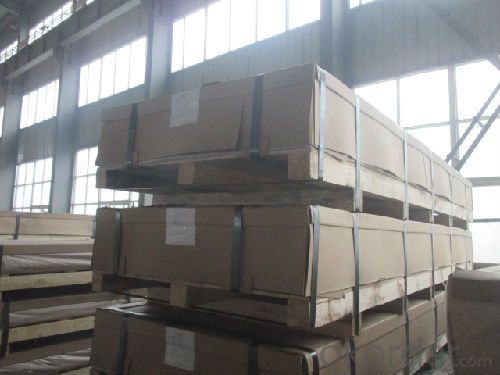
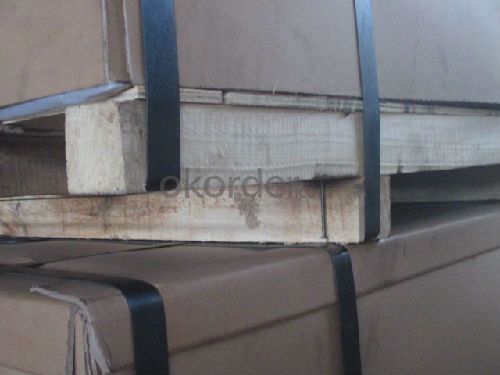
WIDTH*LENGTH: 1219MM*3000MM, 1500MM*6000MM,ETC.
THE THICKNESS IS NORMAL1MM TO 3MM, THEY ARE THE COLD ROLLED SHEET.
5、FAQ of 304/2B STAINLESS STEEL SHEET.
a.What is monthly capacity
---CNBM is one stated own company and our monthly capacity is about 2000tons.
b. Now which countrs do you export your goods?
----Now we export to South East Asia,Africa, North America,South America ect.
- Q: Are stainless steel sheets suitable for marine applications?
- Yes, stainless steel sheets are highly suitable for marine applications. Stainless steel is known for its excellent corrosion resistance, which makes it ideal for use in marine environments where exposure to saltwater and other harsh elements is common. Stainless steel sheets have a protective oxide layer that prevents rust and corrosion, ensuring their longevity and durability in marine applications. Additionally, stainless steel sheets have high strength and impact resistance, making them capable of withstanding the harsh conditions and stresses encountered in marine environments. Overall, stainless steel sheets are a popular choice for marine applications due to their corrosion resistance, durability, and strength.
- Q: Are stainless steel sheets suitable for architectural mesh or screens?
- Architectural mesh or screens can indeed benefit from the use of stainless steel sheets. Stainless steel is a highly adaptable and long-lasting material that brings numerous advantages to architectural applications. Its resistance to corrosion is particularly important in outdoor settings or areas with high levels of humidity. This resistance guarantees that the mesh or screens will maintain their structural integrity and visual appeal over time. Moreover, stainless steel possesses a high ratio of strength to weight, which makes it an optimal choice for architectural mesh or screens that require both durability and flexibility. It can be easily shaped and sized to accommodate custom designs and variations. Additionally, stainless steel lends a sleek and contemporary aesthetic to architectural projects, further enhancing their overall appeal. Ultimately, due to their corrosion resistance, strength, versatility, and visual appeal, stainless steel sheets are a dependable and appropriate material for architectural mesh or screens.
- Q: Can stainless steel sheets be used for conveyor systems?
- Yes, stainless steel sheets can be used for conveyor systems. Stainless steel is a durable and corrosion-resistant material, making it suitable for conveyor systems that require high strength and hygiene standards. Its smooth surface also allows for easy cleaning and maintenance, making it an ideal choice for industries such as food processing, pharmaceuticals, and automotive manufacturing.
- Q: How do I prevent discoloration on stainless steel sheets?
- To prevent discoloration on stainless steel sheets, there are a few measures you can take: 1. Regular cleaning: Stainless steel sheets should be cleaned regularly using mild soap or a stainless steel cleaner. Avoid using abrasive cleaners or scrubbing brushes, as they can scratch the surface and make it more prone to discoloration. 2. Avoid harsh chemicals: Avoid using harsh chemicals, bleach, or chlorine-based cleaners on stainless steel sheets, as they can cause discoloration. If any spills occur, clean them immediately to prevent staining. 3. Proper ventilation: Ensure proper ventilation in the area where stainless steel sheets are installed. This is especially important in areas where chemicals or fumes are present, as they can react with stainless steel and cause discoloration. 4. Protective coatings: Applying a protective coating to stainless steel sheets can help prevent discoloration. There are various protective coatings available in the market designed specifically for stainless steel. These coatings create a barrier between the steel and external factors, reducing the chances of discoloration. 5. Regular maintenance: Regularly inspect the stainless steel sheets for any signs of discoloration or damage. Address any issues promptly to prevent further deterioration. By following these preventative measures, you can minimize the risk of discoloration on stainless steel sheets and maintain their aesthetic appeal for a longer period.
- Q: Are stainless steel sheets suitable for outdoor staircases?
- Yes, stainless steel sheets are suitable for outdoor staircases. Stainless steel is known for its durability, resistance to corrosion, and ability to withstand harsh weather conditions, making it an excellent choice for outdoor applications. Stainless steel sheets provide a sleek and modern look while ensuring strength and stability. Additionally, stainless steel is low maintenance and easy to clean, making it a practical choice for outdoor staircases that are exposed to dirt, dust, and other outdoor elements.
- Q: What is the minimum thickness of stainless steel sheets available?
- The minimum thickness of stainless steel sheets available can vary depending on the manufacturer and the specific grade of stainless steel being used. Generally, the thinnest stainless steel sheets available range from 0.4mm to 0.5mm. However, it is important to note that some manufacturers may offer thinner sheets, such as 0.3mm, but these may be more specialized or less commonly available. If you require a specific thickness for your project, it is recommended to consult with stainless steel suppliers or manufacturers to determine the options available to you.
- Q: Can stainless steel sheets be used in outdoor applications?
- Certainly, outdoor applications can indeed make use of stainless steel sheets. Stainless steel, known for its exceptional resistance against corrosion and oxidation, proves to be a perfect option for outdoor purposes. It can endure challenging weather conditions, encompassing rainfall, snowfall, and even UV radiation, without undergoing rust or deterioration. Moreover, stainless steel exhibits impressive durability, allowing it to withstand heavy burdens and impacts, rendering it appropriate for a multitude of outdoor applications such as cladding, roofing, fencing, and decorative elements. Its attractiveness in terms of aesthetics and minimal upkeep needs further contribute to its popularity in outdoor usage.
- Q: What's the difference between 201 and 204 stainless steel plates? Thank you
- The price is different: 01 cheaper, 04 expensive. Toughness is different: 01 hardness, 04 toughness.
- Q: Can stainless steel sheets be used for architectural columns?
- Yes, stainless steel sheets can be used for architectural columns. Stainless steel is a versatile and durable material that can withstand various weather conditions and provide a modern and sleek aesthetic to architectural designs. It is commonly used in architectural applications, including columns, due to its corrosion resistance, strength, and aesthetic appeal.
- Q: Are stainless steel sheets suitable for aerospace applications?
- Yes, stainless steel sheets are commonly used in aerospace applications due to their excellent strength, corrosion resistance, and high-temperature capabilities. These sheets are suitable for various components such as aircraft bodies, engine parts, and structural elements, ensuring reliable performance and durability in demanding aerospace environments.
Send your message to us
Aluminum Sheet With Beat Price Stocks Warehouse
- Loading Port:
- Shanghai
- Payment Terms:
- TT or LC
- Min Order Qty:
- 8 kg
- Supply Capability:
- 2000 kg/month
OKorder Service Pledge
OKorder Financial Service
Similar products
Hot products
Hot Searches
Related keywords
